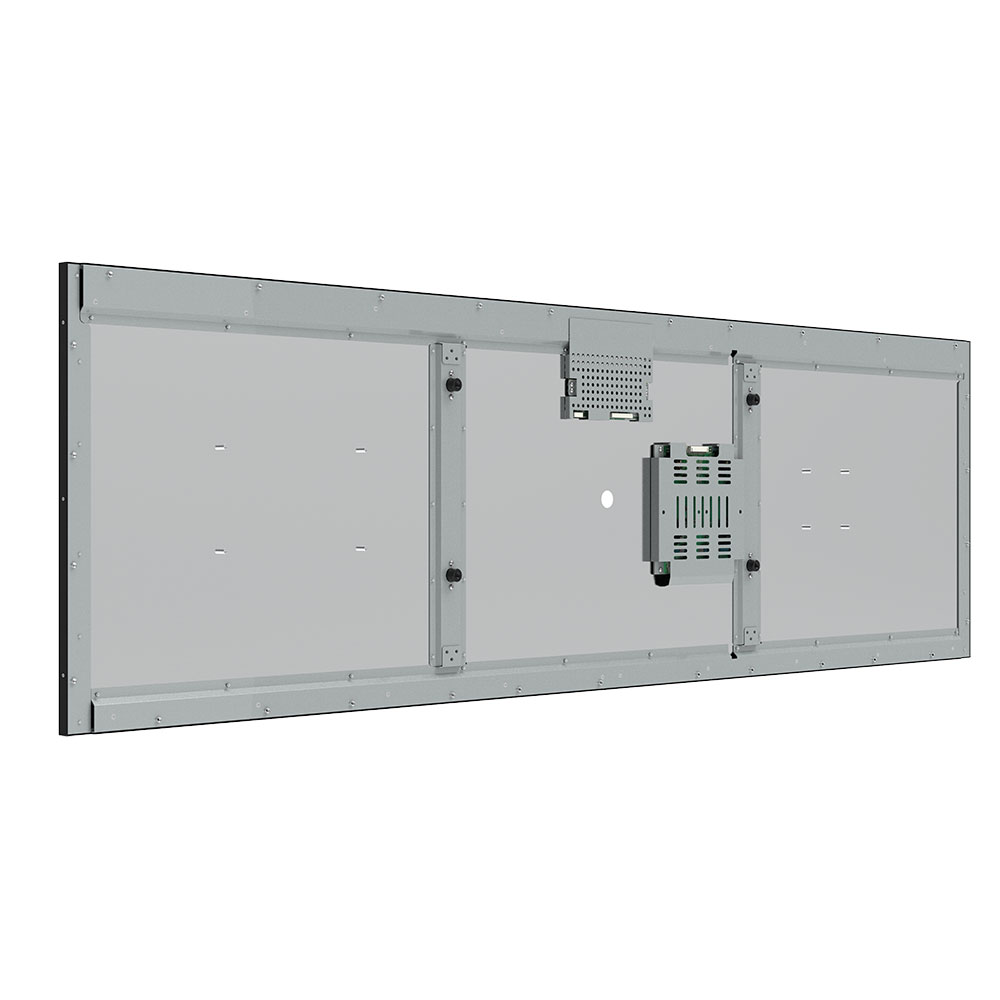
Privacy statement: Your privacy is very important to Us. Our company promises not to disclose your personal information to any external company without your explicit permission.
When designing outdoor LCD screens for applications such as digital signage, public transportation displays, or industrial monitoring systems, engineers must prioritize performance under extreme environmental conditions—high temperatures, direct sunlight, humidity, vibration, and dust exposure. A well-engineered outdoor LCD screen isn’t just about brightness; it’s a holistic system integrating display technology, power efficiency, thermal management, and ruggedized hardware.
Industry standards like IP65 (dust and water resistance) and IK10 (impact resistance) are essential benchmarks for durability in outdoor environments. For instance, in desert climates where ambient temperatures can exceed 50°C, passive cooling solutions often fail—requiring active ventilation or liquid cooling systems to maintain optimal internal temperatures. Similarly, anti-glare coatings and high-brightness panels (typically 5,000–7,000 nits) ensure visibility even under full sun, as validated by testing protocols from the Society for Information Display (SID).
Recent case studies from smart city deployments in Dubai and Singapore show that using OLED-based outdoor displays with adaptive backlighting reduces energy consumption by up to 30% compared to traditional LED-backlit LCDs—while maintaining superior contrast ratios. However, OLEDs require careful encapsulation to prevent moisture ingress, making hermetic sealing critical.

From an engineering perspective, choosing between transmissive and transflective LCD technologies is vital. Transflective panels offer balanced performance across both indoor and outdoor lighting conditions—a key advantage for mixed-use installations like bus stop kiosks. In contrast, pure transmissive displays demand higher luminance but may struggle in bright daylight without supplemental lighting strategies.
Additionally, long-term reliability hinges on component selection: industrial-grade capacitors, MIL-spec connectors, and UV-resistant front covers extend operational life beyond 100,000 hours. Manufacturers like LG Display and BOE have published lifecycle data confirming these figures under controlled test conditions per IEC 60068-2 standards.
Ultimately, successful deployment depends not only on technical specifications but also on real-world validation through field testing in diverse climates—from Arctic tundra to tropical rainforests. This empirical approach ensures that outdoor LCD screens remain functional, readable, and reliable regardless of location or weather.


Email to this supplier

Privacy statement: Your privacy is very important to Us. Our company promises not to disclose your personal information to any external company without your explicit permission.